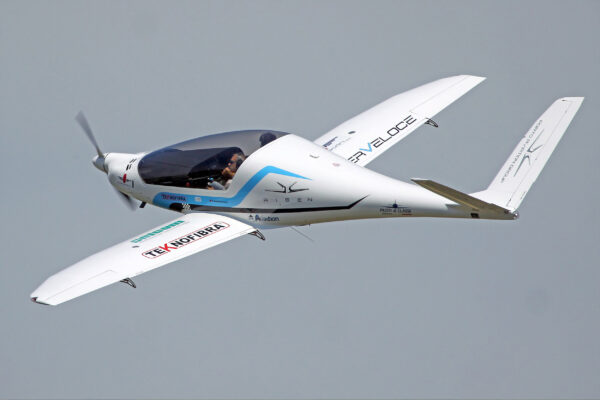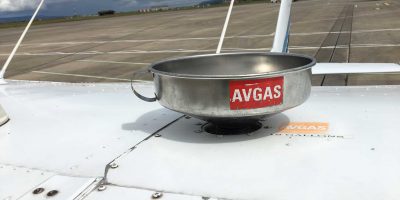Aviation’s witty truisms encapsulate pilot wisdom, tribal knowledge and culture like nothing else. These time-honoured quotations reveal the topics pilots think (and talk) most about: emergencies, aeronautical decision-making, aircraft design, and flying technique. And many are imbued with exaggeration and flying’s pervasive gallows humour.
“Any landing you can walk away from is a good one. Any landing where the aeroplane is reusable is a great one.” The meaning of most of these maxims is obvious, but some include subtle messages, too. Here, in no particular order, are some of the most widely circulated.
Aerial Emergencies:
“The first thing to do is wind your watch.”
Think things through, and don’t make a bad situation worse by compounding the problem. Get the checklist out, consider your options, and don’t rush.
“In an emergency, undo the last thing you did.”
Sometimes pilot actions produce seemingly unrelated problems. For example, if your aeroplane starts an uncommanded roll to the left moments after you turn on the cockpit heater, try turning off the heater – even if those two actions seem to have nothing to do with one another. Sometimes correlation really is causation.
“If faced with a forced landing, fly as far into the crash as possible.” Aviation icon and test pilot R A ‘Bob’ Hoover said this, and he should know, having survived multiple aircraft accidents during his long and storied career.
“Keep flying until the last part stops moving.” Don’t give up, even when a situation seems dire.
“It’s Bernoulli that matters in an emergency – not Marconi.” Concentrate on the physics (defined by Daniel Bernoulli) of flying the aeroplane, not talking on the aircraft radio (invented by Guglielmo Marconi).
“Aviate, navigate, communicate.” Fly the aeroplane first. Then find your way. Once those things are accomplished you can talk on the radio.
Fatalism:
“Time to spare, travel by air.” Yes, flying is plagued by weather, mechanical, and other delays.
“If the engine quits at night, turn on your landing light. If you don’t like what you see, turn it off.” Dark humour. Besides, your aeroplane may not have electrical power after the engine quits. (More ‘dark’ humour, as it were.)
“The second happiest day of your life is when you buy an aeroplane. The happiest is when you sell it.” This is only true of some aeroplanes, not all of them. Pilots often feel deep and lasting regret after selling an aeroplane.
“If it ain’t Boeing, I ain’t going.” Grammatically questionable Airbus shade.
“Please God, don’t let me (mess) up.” Also known as Chuck Yeager’s Prayer, but originally said with a potent F-bomb.
Aeronautical Decision-Making:
“It’s better to be on the ground wishing you were in the air than in the air wishing you were on the ground.” True – but being on the ground wishing you were in the air is still regrettable.
“Start at the NTSB hearing and work backwards.” When considering a course of action, think about how you would explain it to an investigator if things go badly.
“Take-offs are optional. Landings are mandatory.” What goes up must come down. On a related note, “There are more aeroplanes in the ocean than submarines in the sky.”
“Better to land downhill than downwind.” Beware downwind landings, particularly in tailwheel aeroplanes, due to the possible loss in directional control during rollout.
“Speed is life.” This saying coined by a US Navy combat pilot has broader aviation applications.
“Always leave yourself an out.” Pilots need to have a Plan B. Not a bad policy for life on the ground, either.
“The only time you’ve got too much gas is when you’re on fire.” Having lots of fuel provides options – but it’s possible to have too much of a good thing. Think heavy loads, high elevations, and hot days.
“There are old pilots and bold pilots, but there are no old, bold pilots.” Good point, but old bold pilots do exist. They’re just rare.
Aircraft Design:
“Never fly the A-model of anything.” This military maxim contains an irrefutable truth that aviation learns from bitter experience, and later versions of any aircraft are likely to contain improvements.
“An aeroplane that looks good flies good.” Aesthetics matter. A Spitfire is sure to fly more gracefully than a Lancaster. But looks can be deceiving. A de Havilland Beaver and North American T-6 look bulbous, yet they’re delightfully responsive and well balanced in the air.
“There’s no substitute for horsepower.” Amen. And no replacement for displacement. Excess power can get pilots out of tight situations.
“The Cub is the safest aeroplane ever made. It can just barely kill you.” Yes. See previous quote about horsepower.
Technique:
“Push forward and the houses get bigger. Pull back and the houses get smaller.” Except when the aeroplane stalls, spins, or exceeds 90° of bank.
“Pitch plus power equals performance.” Aircraft attitude and power produce repeatable results.
“Fly it all the way to the chocks.” Pay attention and stay engaged whenever the aeroplane is in motion.
“If you think you may be approaching a dock too fast, you are.” Seaplane pilots learn this the hard way.
“Never run out of airspeed, altitude, and ideas at the same time.” Airspeed and altitude create energy and options for pilots. Landings are the only time pilots should be out of speed, altitude, and options.
“The three most useless things in aviation are altitude above you, runway behind you, and fuel left behind on the ground.” Same concept as the previous statement about airspeed, altitude, and ideas. Don’t pass up the safety margin that more runway, additional altitude, and adequate fuel can provide.







